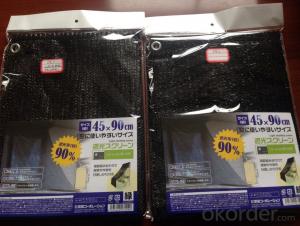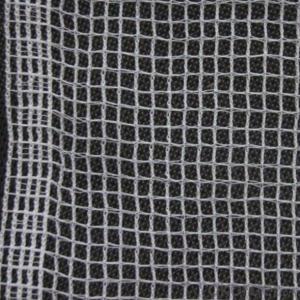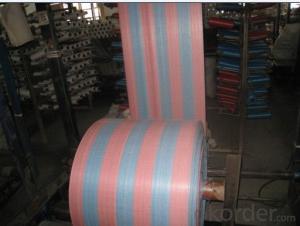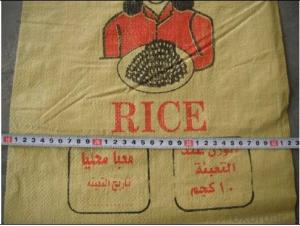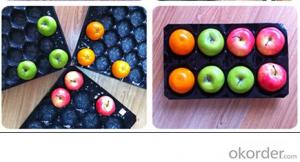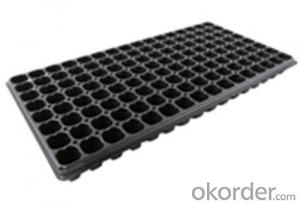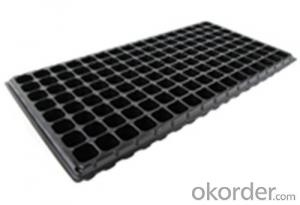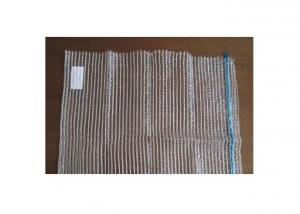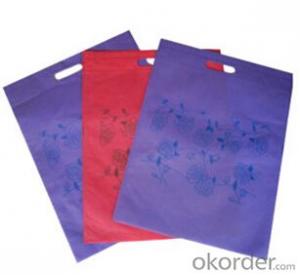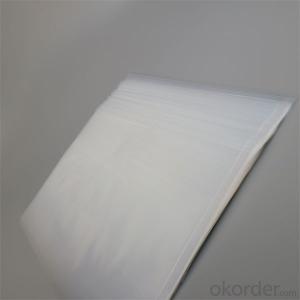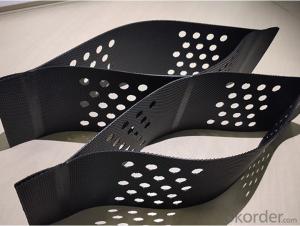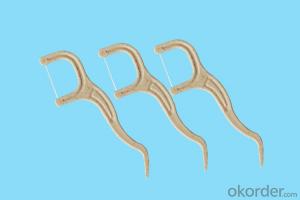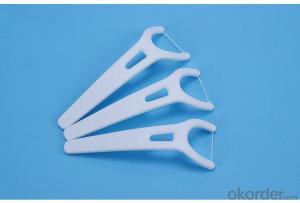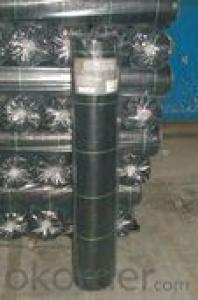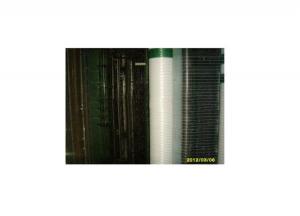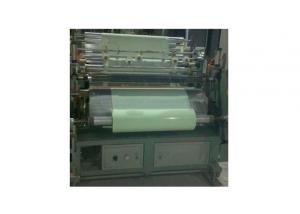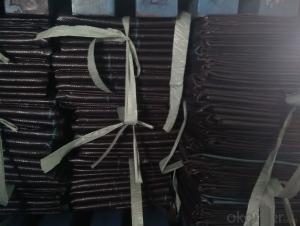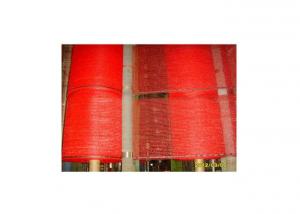Shade Net Export to Japan 100% HDPE
- Loading Port:
- China Main Port
- Payment Terms:
- TT OR LC
- Min Order Qty:
- -
- Supply Capability:
- -
OKorder Service Pledge
OKorder Financial Service
You Might Also Like
Specifications
balcony privacy net
1.Material:100% new HDPE,UV
2.Weight:120~220gsm
3.Useful life:3~5 years
4.balcony net factory price
balcony privacy net/shade net/window net
--product description
Product | balcony privacy net/shade net/window net |
Brand Name | XINH-GL-80 |
Material | 100% new HDPE with UV,long service life |
Color | Green,yellow,blue,gray (as your request) |
Weight/sqm | 120~220gsm |
Size | Width:0.5m-3m, Length: as your request |
Samples | 1). sample time: Within 7-15 days. |
2). Sample charge: According to product details. | |
3). Sample refund: Negotiable | |
4). Send sample: Via TNT, UPS, FedEx, DHL Express | |
Sample is free for you to test the quality | |
Payment | T/T, L/C |
Delivery Time | Within 20 days after getting the deposit |
| | |
| | |
| | |
| | |
| | |
| | |
| | |
| | |
- Q:How do you choose the right ground cover for a specific soil pH?
- To choose the right ground cover for a specific soil pH, it is important to consider the preferred pH range of the ground cover species. Different plants have distinct pH preferences, so it is essential to know the soil pH of your garden or landscape. Conducting a soil test will provide accurate information about the pH level. Once you have determined the pH range of your soil, research and select ground cover options that thrive in that specific pH range. This will ensure that the ground cover plants you choose are well-suited for your soil conditions and will grow and flourish successfully.
- Q:Does anyone know how to melt hard plastic? Specificly the plastic that is normaly found on toys, flashlights, pens, etc.I've been trying to do this for a long time and still havent found out how, so ANY suggestions would be usefull.Thanks!
- How To Melt Hard Plastic
- Q:How do you divide and propagate ground cover plants?
- To divide and propagate ground cover plants, you can start by carefully digging up an established plant and gently separating it into smaller sections, ensuring that each section has enough roots and shoots. These sections can then be replanted in well-prepared soil, ensuring they are adequately watered and provided with proper sunlight. Additionally, some ground cover plants can be propagated through stem or leaf cuttings, where a healthy cutting is taken and placed in a suitable growing medium until roots develop, and then transplanted to a new location.
- Q:What are some ground cover options for a Japanese garden?
- Some ground cover options for a Japanese garden include moss, ferns, creeping thyme, ajuga, mondo grass, and hakone grass.
- Q:What are the advantages of using plastic seedling trays for seedling production?
- There are several advantages of using plastic seedling trays for seedling production. Firstly, plastic trays are lightweight and easy to handle, making them convenient for transporting and arranging seedlings. Additionally, plastic trays are durable and long-lasting, allowing for multiple uses and reducing the need for frequent replacements. Plastic trays also provide good insulation, helping to maintain optimal soil temperature for seed germination. Furthermore, plastic trays are water-resistant, preventing water damage and allowing for efficient irrigation and drainage. Lastly, plastic trays can be designed with individual compartments, enabling proper spacing and organization of seedlings, promoting their healthy growth.
- Q:What are the benefits of using plastic netting and mesh?
- There are several benefits of using plastic netting and mesh. Firstly, plastic netting and mesh are lightweight and easy to handle, making them convenient to transport and install. Secondly, they offer excellent strength and durability, making them suitable for various applications such as fencing, gardening, and construction. Additionally, plastic netting and mesh are resistant to corrosion, chemicals, and UV rays, ensuring long-lasting performance even in harsh outdoor conditions. Furthermore, they provide efficient airflow and visibility, making them ideal for agricultural purposes like crop protection and animal enclosures. Lastly, plastic netting and mesh are cost-effective compared to other materials, making them a practical choice for both commercial and residential projects.
- Q:What are the benefits of using plastic vineyard posts in grape cultivation?
- Using plastic vineyard posts in grape cultivation offers several benefits. Firstly, plastic posts are lightweight, making them easy to handle and install. They are also durable and resistant to weather conditions, ensuring a longer lifespan compared to traditional wooden posts. Plastic posts do not rot, eliminating the need for frequent replacements. Additionally, plastic posts are non-porous, reducing the risk of disease or fungal growth. Their smooth surface also prevents damage to vines, reducing the likelihood of injury or disease transmission. Plastic vineyard posts are cost-effective compared to other materials, making them a cost-efficient choice for grape growers.
- Q:Are agricultural plastic products resistant to pests and insects?
- No, agricultural plastic products are not inherently resistant to pests and insects. However, certain types of agricultural plastics, such as insect netting or greenhouse films with added insect-repelling properties, can help prevent pests and insects from damaging crops. Additionally, proper maintenance and pest management practices are essential to minimize pest infestation in agricultural settings.
- Q:The cap of a plastic water bottle is made of thicker plastic. Is it true you can't recycle these?
- Yes, the recyclers ask that you remove them from the containers so that the containers can be crushed without damaging the steel rollers used to crush them. If you leave the caps on, the containers retain their shape till the pressure bursts the plastic thereby collapsing suddenly and the steel rollers slam together with a fair deal of force which eventually damages them. You're supposed to just remove the caps and toss the caps into the recycling bin. How this mutated into the common belief that recyclers don't want caps is simply evidence that most people don't read thoroughly and are apt to making assumptions. The sorting of plastic in a single stream recycling facility involves dropping the plastic through a laser beam which determines the type of plastic and triggers a puff of air to blow it into the appropriate bin. The caps don't represent any added separating requirements.
- Q:What are the benefits of using plastic silage covers?
- There are several benefits of using plastic silage covers. Firstly, they provide an effective barrier against oxygen, preventing spoilage and mold growth in the silage. Secondly, plastic covers help to maintain the nutritional quality of the silage by reducing dry matter losses. Additionally, they offer protection against weather elements such as rain, snow, and wind, ensuring the silage remains well-preserved. Lastly, plastic silage covers are relatively easy to handle and apply, making the process of covering and uncovering silage more efficient.
1. Manufacturer Overview |
|
|---|---|
| Location | |
| Year Established | |
| Annual Output Value | |
| Main Markets | |
| Company Certifications | |
2. Manufacturer Certificates |
|
|---|---|
| a) Certification Name | |
| Range | |
| Reference | |
| Validity Period | |
3. Manufacturer Capability |
|
|---|---|
| a)Trade Capacity | |
| Nearest Port | |
| Export Percentage | |
| No.of Employees in Trade Department | |
| Language Spoken: | |
| b)Factory Information | |
| Factory Size: | |
| No. of Production Lines | |
| Contract Manufacturing | |
| Product Price Range | |
Send your message to us
Shade Net Export to Japan 100% HDPE
- Loading Port:
- China Main Port
- Payment Terms:
- TT OR LC
- Min Order Qty:
- -
- Supply Capability:
- -
OKorder Service Pledge
OKorder Financial Service
Similar products
New products
Hot products
Hot Searches
Related keywords
